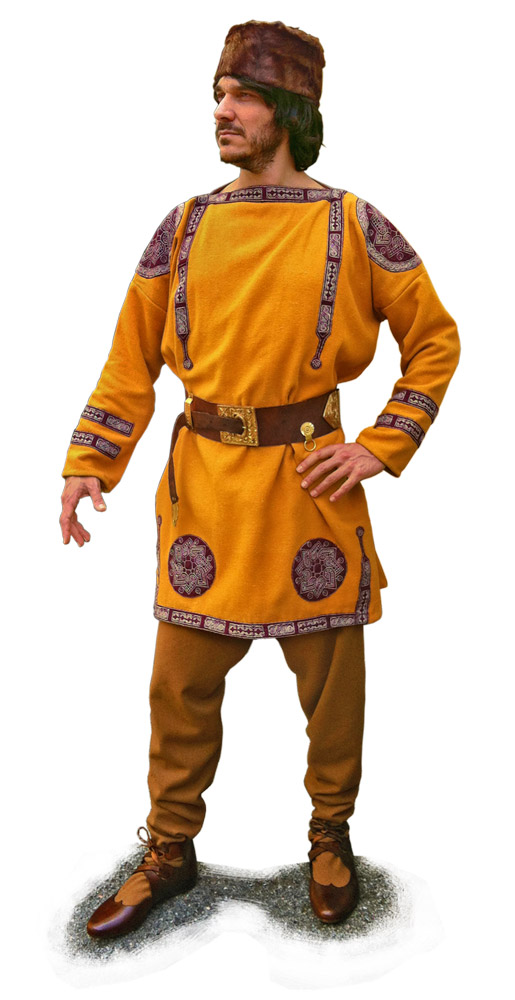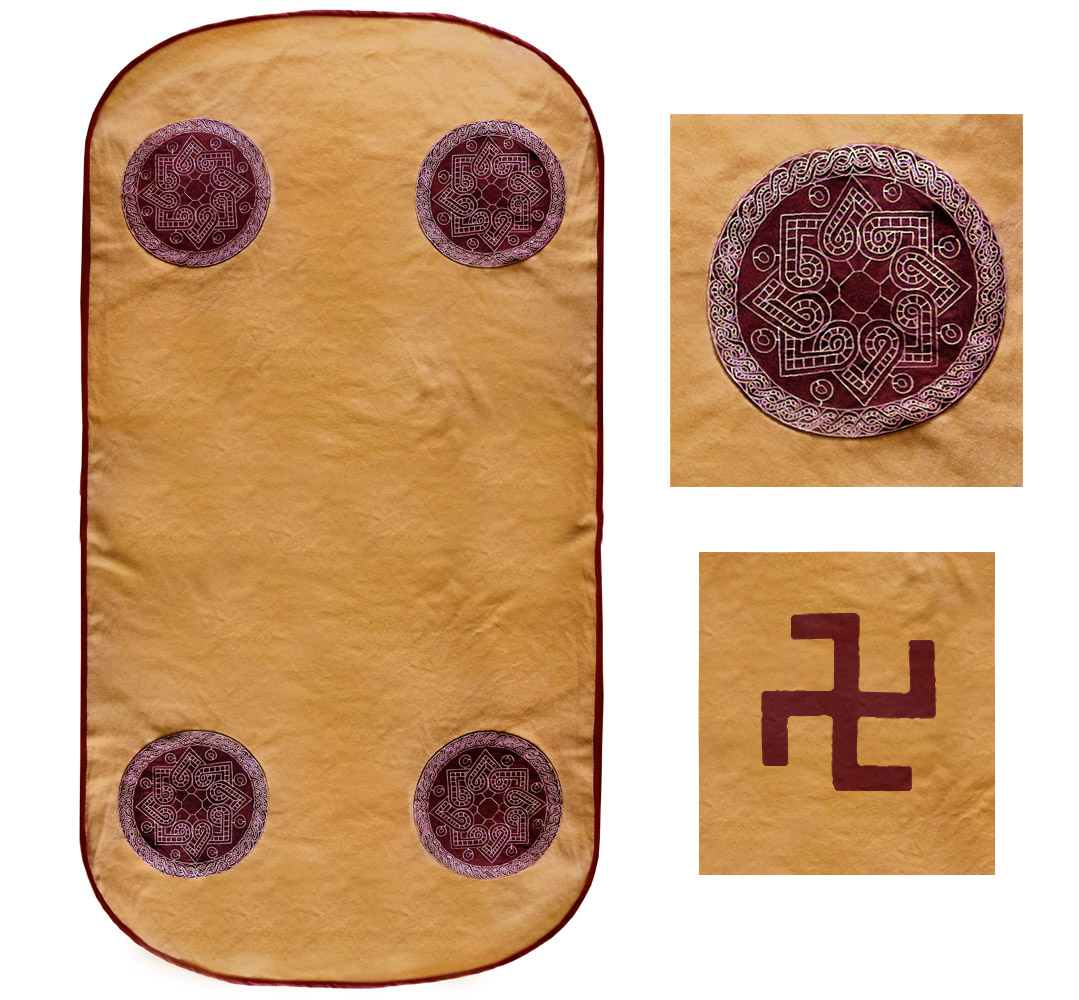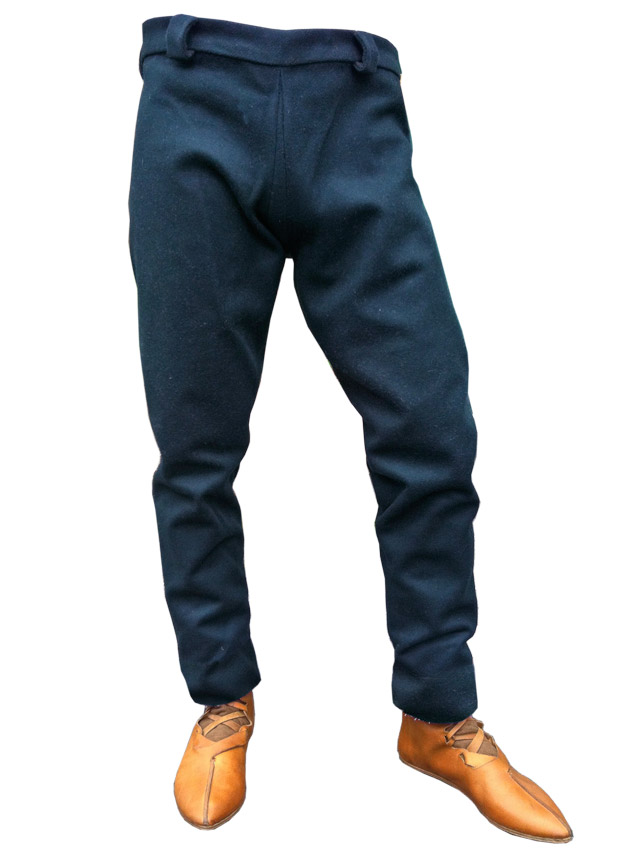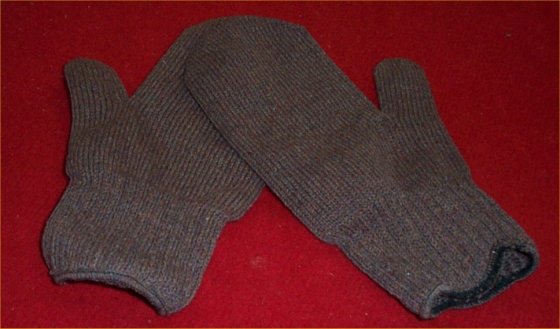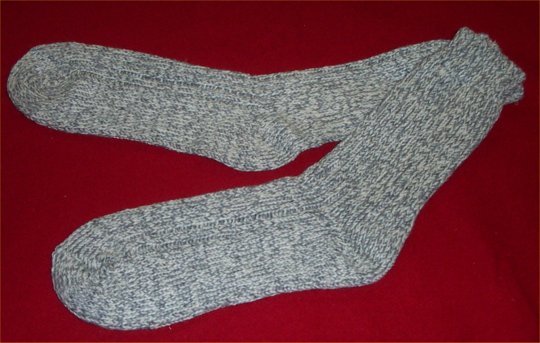Tunica Manicata
WHERE TO BUY:
Medievaldesign - One of the best Tunics out there, they offer a model with Segmentae and a model with Orbiculi. Expensive, but highly recommended. Variety of Colors!
Ancient Empires Reproductions - The best, and most expensive tunics on the market. Made exactly the way the Romans did, very high quality.
La Wren's Nest - Sells an affordable, simple Tunica Manicata great for a starter kit.
DO IT YOURSELF:
Comitatus Late Roman Tunic Guide
Sagum, Mantion, Abolla, Paludametum, and Paenula
The Sagum, Paludametum, and Paenula were three different cloaks from the late Roman periods. The Sagum was the same as always - a large rectangular cloak - but it usually had a fringe or Orbiculi, Segmentae, and other decorations. Similar to the Sagum, the Abolla was a cloak from the late republic that became popular in the 2nd century, and reemerged again in the 4th and 5th century. The Paludametum or Chalmys was an oval cloak originally used by the Greeks, and remained in use throughout the Roman era and into the medieval period, primarily being an officer's cloak. The Paenula, a mainstay of Roman military cloaks, continued its usage into this era, but was a different ovoid shape and only half-length at the front. Finally was the Mantion or Mantium, a new officer's cloak that emerged in the 5th century, and was similar to a Sagum but extended only to the back of the knee in length. Most of these military cloaks would be replaced by the Gounion and Zostarion in the 6th-7th centuries, due to the practicality of the Kaftan. As always, natural colors are recommended.
WHERE TO BUY:
Medieval Design - Sells a late Roman Orbicula Sagum, Fringed Sagum, and Chalmys/Paludametum.
Armamentaria - Sells a fringed diamond-twill Sagum.
La Wren's Nest - Sells an Abolla, Sagum, and other articles of clothing.
Soul of the Warrior - Sells a simple Roman Sagum.
Braccae
Braccae or trousers were common throughout the entire empire in this era. Usually made of wool or linen, they were tight-fitting and could also have feet. They should be natural in color.
WHERE TO BUY:
Medievaldesign - Sells Thorsberg-Mose Braccae, dated to the 5th century.
La Wren's Nest - Sells Thorsberg-Mose Braccae, dated to the 5th century.
Fascia Ventralis
WHERE TO BUY:
Soul of the Warrior - Sells a grey Fascia Ventralis.
Medievaldesign - Sells a Fascia Ventralis in several colors.
Pileus and Cucullus
Late Antiquity saw the rise of the pillbox cap known as the Pileus Pannonicus. It first appeared in the 2nd century AD and had become all the rage by the 4th century, eventually disappearing in the 6th. Along with the Pileus Pannonicus, the Phrygian Cap and the Pilos were also worn, but as popular in this period. There was also the Cucullus, or hood, which was popular amongst the Romans in this era, although the Germanics had been using it for longer. All of these doubled as helmet padding, as described by contemporary authors.
WHERE TO BUY:
Medievaldesign - Sells the Pileus Pannonicus, Pilos, and Cucullus.
Armillum - Sells a Phrygian Cap.
La Wren's Nest - Sells the Pileus Pannonicus.
Udones, Mittens, and Leg Wraps
WHERE TO BUY:
Reenactment Market - Sells Late Roman Udones based on a find in Egypt dating from somewhere between 250-420 AD, and made with a Naalbinding stitch.
Soul of the Warrior - Sells basic Udones and Mittens.
Armamentaria - Sells Naalbinding Udones
.
La Wren's Nest - Sells basic Udones.
Medievaldesign - Sells Udones and Sogaarde-Mose leg wraps.
